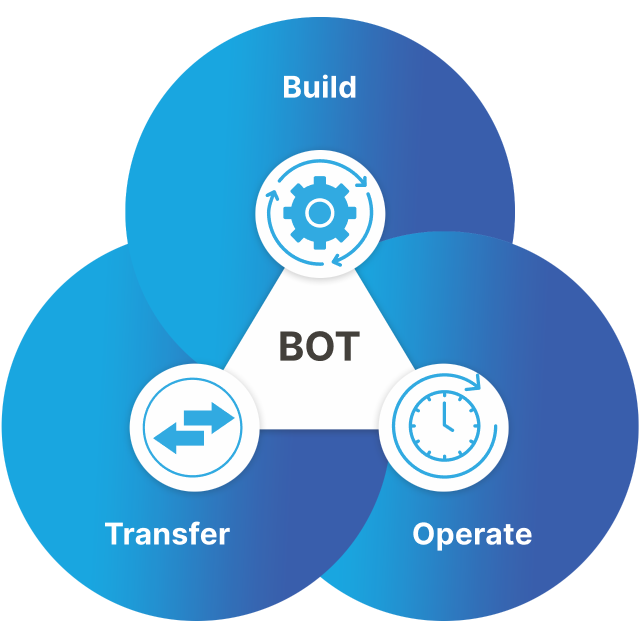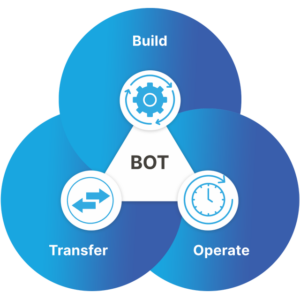The Build-Operate-Transfer (BOT) model has gained traction among companies looking to establish operations in India. This engagement model allows organizations to set up their operations with the help of a local partner, who manages the initial setup and operations before transferring ownership. Understanding the intricacies of the BOT model is crucial for businesses aiming to navigate the Indian market effectively. This article provides insights into the advantages and challenges associated with BOT arrangements.
One of the primary advantages of the BOT model is the reduced risk associated with entering a new market. By partnering with a local entity, companies can leverage their partner’s knowledge of the regulatory landscape and market dynamics. This can significantly shorten the learning curve and facilitate a smoother entry into the Indian market. Additionally, the BOT model allows for flexibility in scaling operations based on market demand, making it an attractive option for many businesses.
However, companies must also be aware of the potential challenges that come with BOT arrangements. Selecting the right partner is critical, as misalignment in goals and expectations can lead to complications down the line. Furthermore, organizations must ensure that they have a clear exit strategy and transition plan in place to facilitate a seamless transfer of operations. By carefully considering these factors, businesses can successfully navigate the complexities of the BOT model and establish a strong presence in India.





